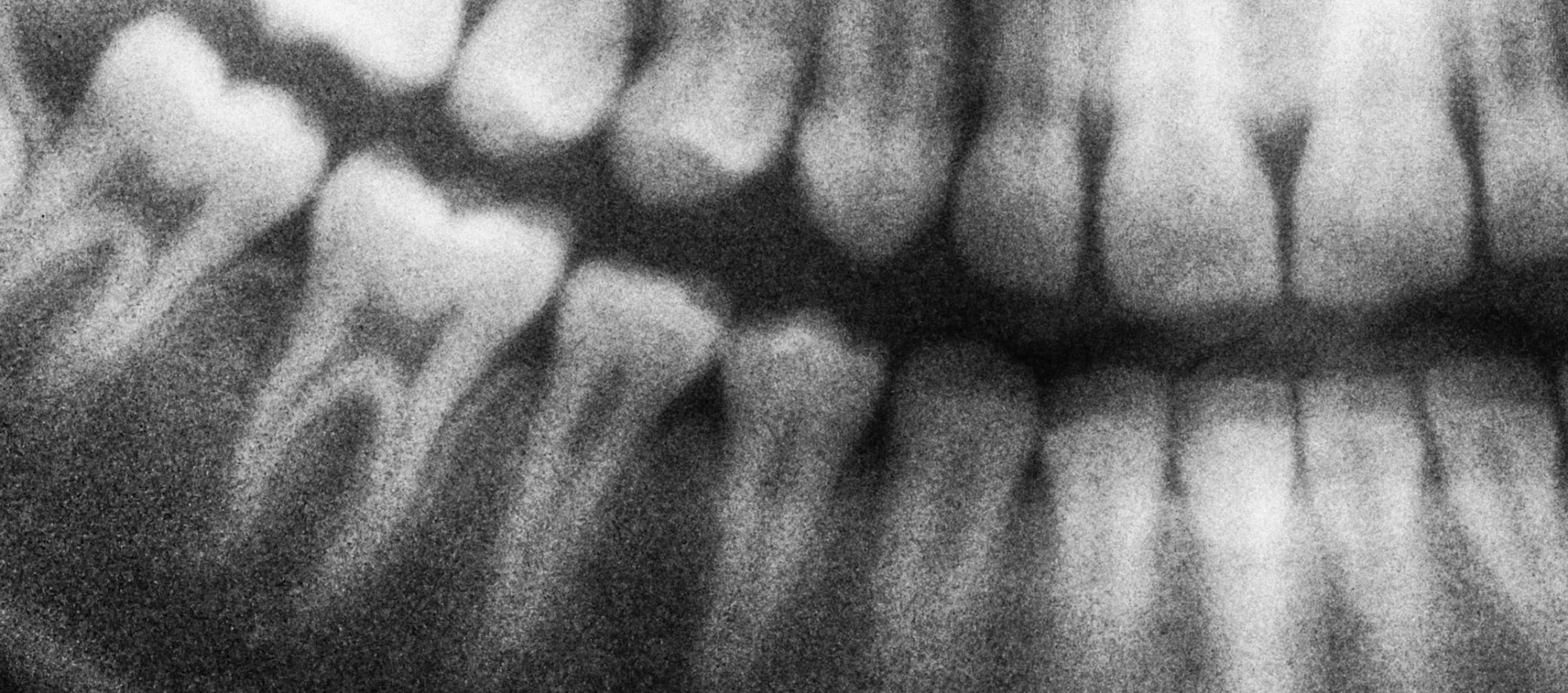Endodontics / Root Canal Treatment

What is involved in a root treatment?
A two-stage root canal treatment is a highly effective procedure to save a severely damaged or infected tooth. In the first stage, the dentist removes the infected pulp and cleans the root canals thoroughly, then places a temporary filling to protect the tooth. During the second stage, the dentist removes the temporary filling, ensures the canals are free from infection, and fills them with a permanent, biocompatible material. Finally, the tooth is sealed with a filling or crown to restore its strength and function, ensuring a pain-free and healthy smile. On occassion treatment may be completed in a single visit.
How long are the appointments?
The length of treatment will depend on the tooth but typically two appointments of about an hour are required.
During and after a root canal treatment, some discomfort is normal, but it can usually be managed effectively:
Will I experience any discomfort during the treatment?
During the Procedure:
Local Anaesthesia: Most patients feel little to no pain during the procedure due to the use of local anaesthesia. You might feel a slight pinch from the needle or some pressure during the treatment, but it should not be painful.
After the Procedure:
Mild to Moderate Pain: It is common to experience mild to moderate pain or discomfort in the treated area for a few days. This is usually due to inflammation of the surrounding tissues.
Sensitivity: The treated tooth may be sensitive to pressure, touch, or temperature changes, especially if there was significant infection or inflammation before the procedure.
Swelling: Some patients might experience mild swelling or tenderness in the surrounding gums.
Managing Discomfort:
Pain Relief Medication: Over-the-counter pain relievers such as ibuprofen or paracetamol can help manage pain and reduce inflammation. Your dentist may also prescribe stronger pain medication if necessary.
Cold Compress: Applying a cold compress to the outside of your cheek can help reduce swelling and numb the area, providing some relief.
Soft Diet: Stick to a soft diet and avoid chewing with the treated tooth until it is fully restored with a crown or permanent filling.
Good Oral Hygiene: Maintain good oral hygiene by gently brushing and flossing to keep the area clean and prevent further infection.
Follow-Up Appointment: Attend any scheduled follow-up appointments to ensure proper healing and address any ongoing discomfort or concerns.
Most patients find that any discomfort is manageable and subsides within a few days to a week after the procedure. If pain persists or worsens, it's important to contact us for further evaluation and care.
Call us or book online for your next appointment.


